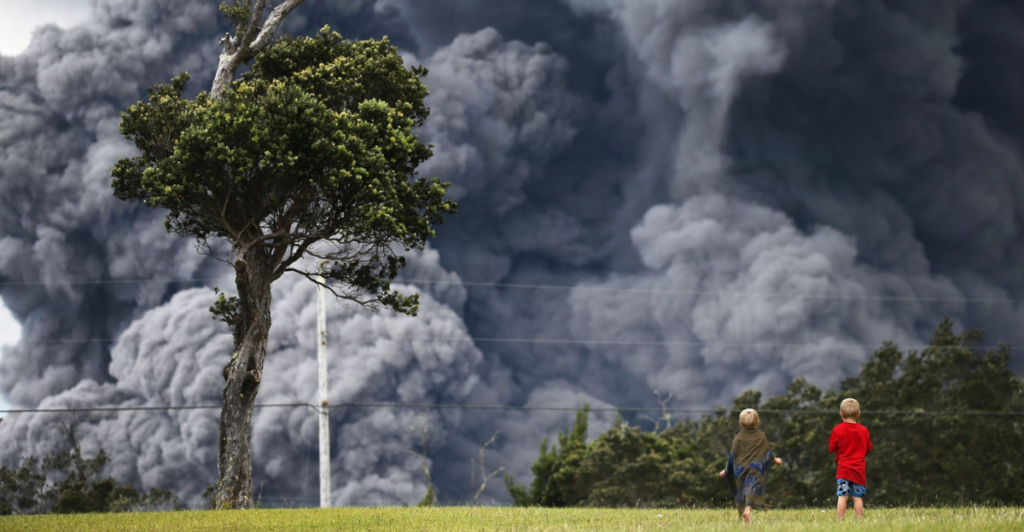
The Kīlauea volcano in Hawai‘i erupted in 2018, blasting ash five miles into the atmosphere. The ash traveled over 1,200 miles westward, fertilizing the nutrient-poor waters of the North Pacific Subtropical Gyre.
This set off the largest phytoplankton bloom ever recorded in the region, spanning an area roughly the size of Australia’s Great Barrier Reef. Phytoplankton, which is at the foundation of marine food webs, rapidly absorbed volcanic iron and other nutrients, sequestering carbon dioxide equal to half the eruption’s emissions.
This event redefines our understanding of volcanic impacts on oceanic carbon cycles and highlights the complexity of system interactions across the Earth.
Historical Precedents and Volcanic Fertilization
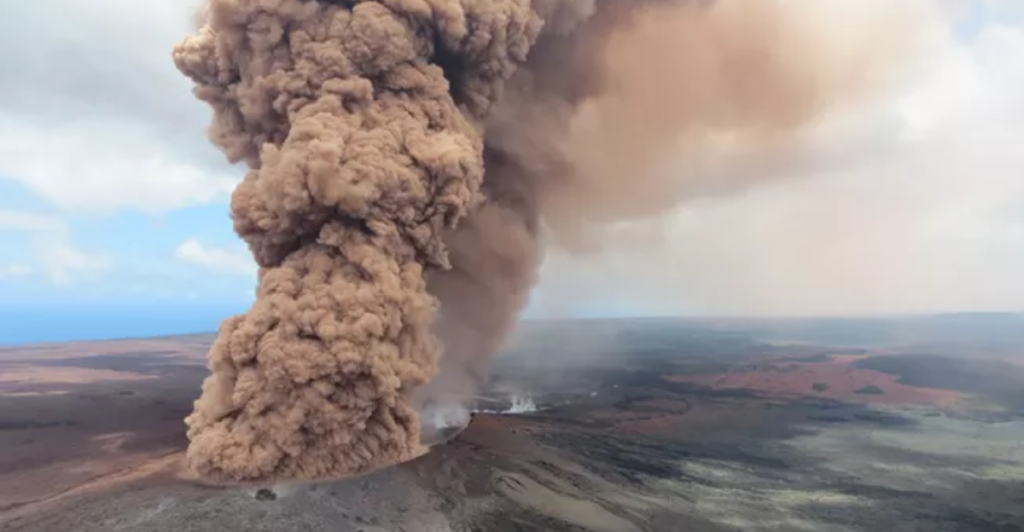
Volcanic ash has long been theorized as an oceanic nutrient source, but the 2018 Kīlauea eruption provided the first direct evidence for long-distance fertilization.
Similar events, such as the 2008 Kasatochi eruption in Alaska and the 2022 Hunga Tonga-Hunga Haʻapai eruption, caused localized phytoplankton blooms.
Historical eruptions may have similarly influenced marine ecosystems, suggesting volcanic activity could be a missing variable in paleoclimate models.
The Iron Hypothesis Validated
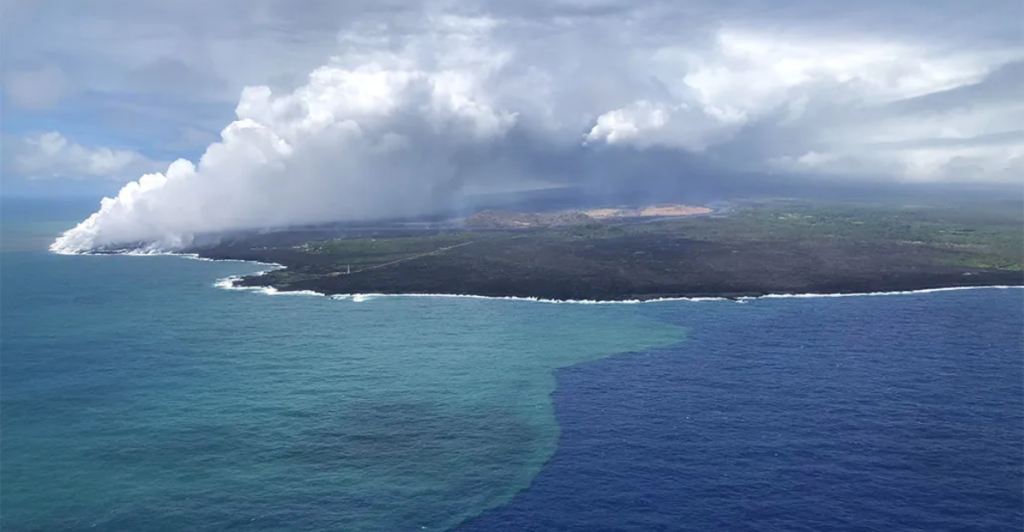
North Pacific iron limitation suppresses phytoplankton growth, but Kīlauea delivered 2.0–2.8 nM soluble iron in surface waters. Satellite data confirmed a 40–fold increase in chlorophyll-a within 48 hours, associated with ash deposition patterns.
This supports the “iron hypothesis,” which states that the availability of iron controls productivity in HNLC (High-Nutrient, Low-Chlorophyll) regions. The event illustrates how terrestrial volcanic emissions can bypass oceanic iron limitation, reshaping marine ecology.
Carbon Sequestration at Scale
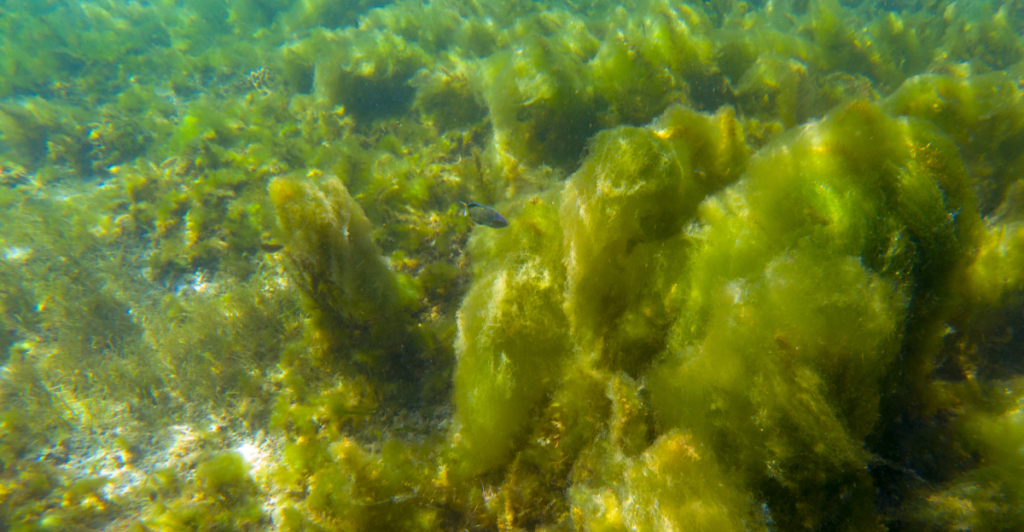
The bloom sequestered ~38 megatons of carbon, equivalent to 15% of Hawai‘i’s annual emissions, through phytoplankton sinking to the deep ocean. This natural carbon capture process underscores volcanoes’ dual role — they release CO₂, but they also stimulate CO₂ drawdown. If harnessed, intentional ash dispersal in HNLC zones may act to mitigate anthropogenic emissions, though ethical and ecological risks persist.
Economic and Ecological Ripple Effects

The bloom likely boosted fisheries by enriching the food web, mirroring the 2008 Kasatochi-linked sockeye salmon boom. However, rapid biomass accumulation threatens toxic algal blooms and oxygen depletion.
Hawai‘i and Tonga suffered short-term disruptions to tourism because of eruptions, but long-term gains from scientific interest. Such events challenge policymakers with the dilemma of weighing volcanic risks against unforeseen ecological advantages.
Implications for Technology and Research
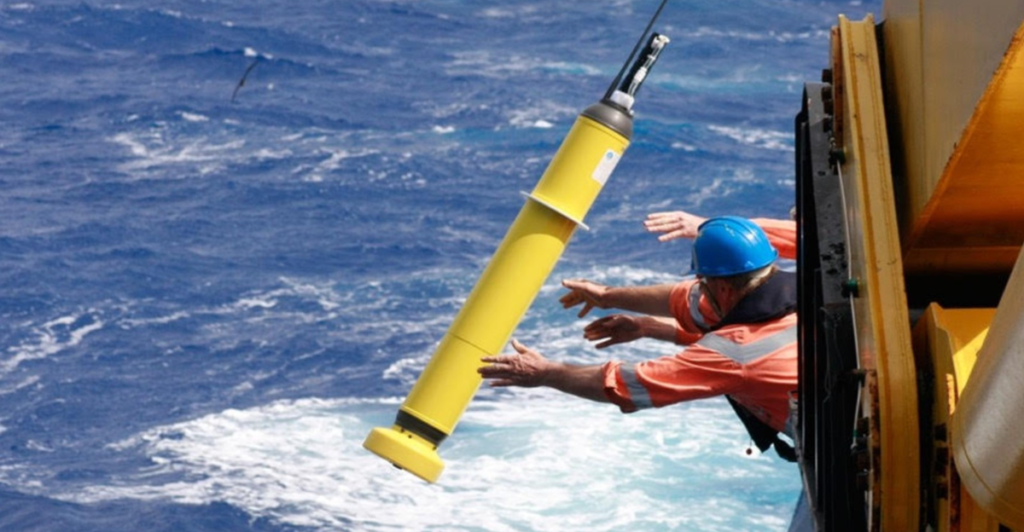
They relied on satellite ocean-color sensors and autonomous Argo floats to monitor the bloom. AI-based models could monitor future eruptions in real-time to predict ash dispersal and fertilization potential.
The 2018 event also provides a natural experiment for geoengineering research, testing iron fertilization’s effectiveness in the absence of artificial intervention.
Challenges and Rebuttals
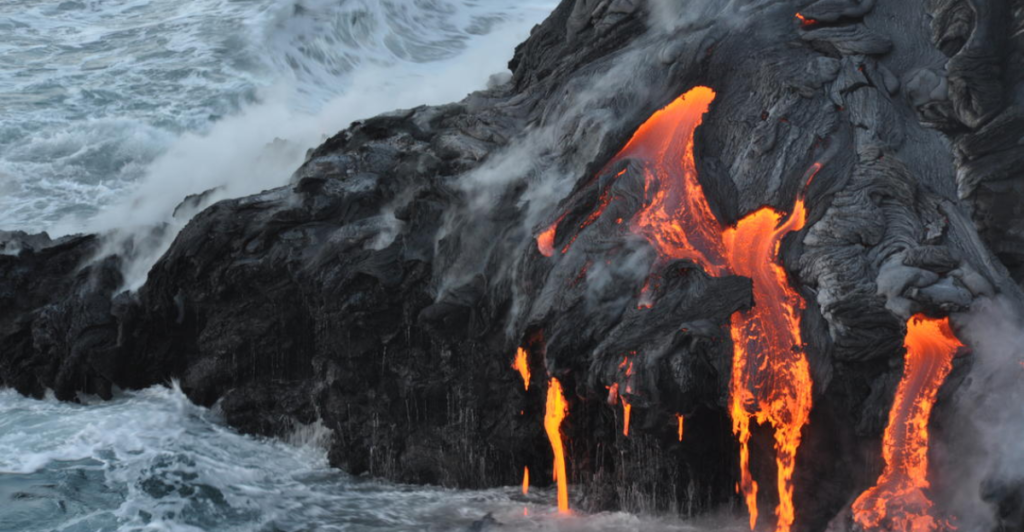
Skeptics say oceanic upwelling churned up by lava-sea interactions, not ash, caused the bloom. However, the bloom occurred 1,200 miles from Kīlauea, far beyond upwelling effects.
Others note that volcanic CO₂ emissions outweigh sequestration, but the study demonstrates ash’s carbon-capture potential could help offset this. The ash-fertilization link has been bolstered by a rigorous peer review of the data.
Climate Change Parallels
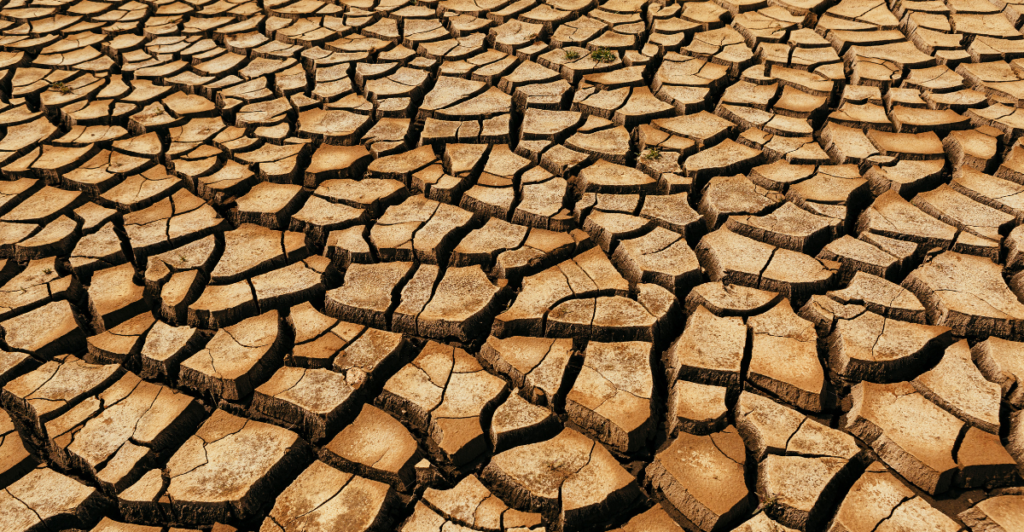
As climate change increases volcanic activity (through glacial unloading and tectonic stress), ash fertilization could become more frequent. That might counteract the bad effects of ocean warming on phytoplankton, but unpredictable eruption timing makes reliability a challenge. The 2018 bloom is an example of nature’s resilience, providing clues to help buffer marine ecosystems against anthropogenic disruption.
Ethical Considerations
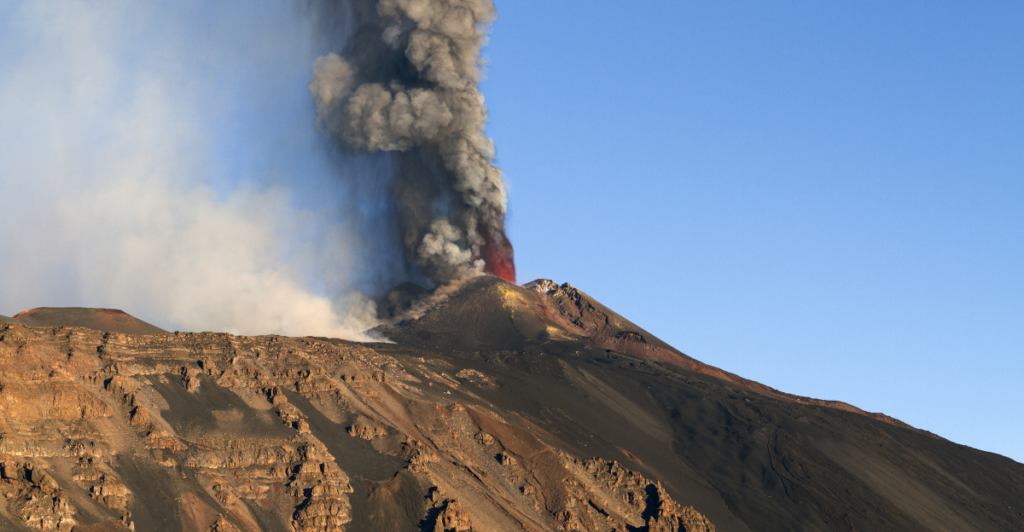
Large-scale iron fertilization raises geopolitical questions: Who “owns” the carbon sequestered by volcanic ash? International treaties, such as the London Protocol, currently restrict ocean fertilization, but natural occurrences such as that of Kīlauea blur regulatory boundaries. Ethical frameworks must balance ecological restoration with unintended consequences, such as toxic metal leaching from ash.
Final Analysis
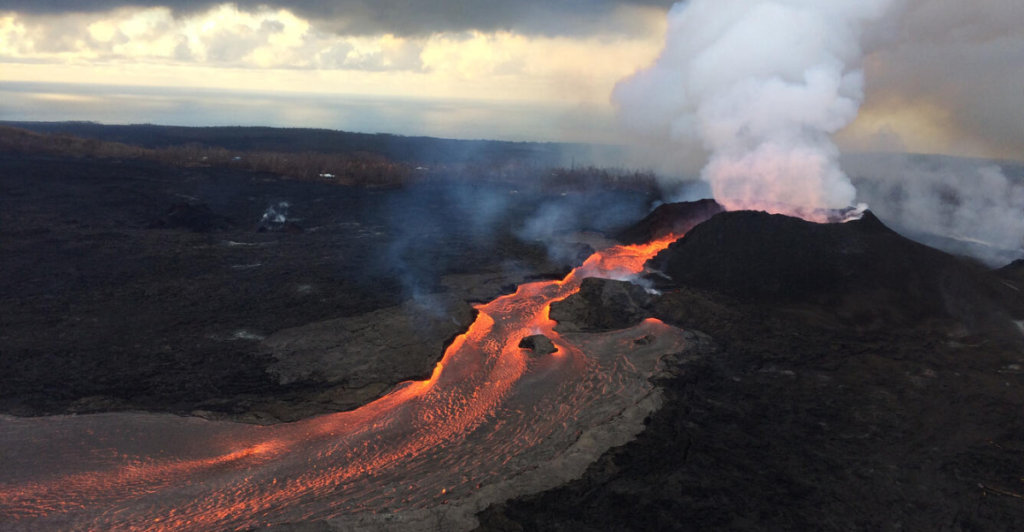
The Kīlauea eruption revealed a hidden synergy between volcanism and marine life, one that challenges conventional climate narratives. By bridging geology, ecology, and climatology, this event highlights the importance of interdisciplinary science in addressing global issues.
Further studies should focus on real-time volcanic monitoring and adaptive policies to harness nature’s carbon-capture potential while safeguarding marine biodiversity.
Explore more of our trending stories and hit Follow to keep them coming to your feed!

Don’t miss out on more stories like this! Hit the Follow button at the top of this article to stay updated with the latest news. Share your thoughts in the comments—we’d love to hear from you!







